AO Edited
Cappella Suardi
Jesus turns into vines inside this chapel.
Cappella Suardi is an ordained place of worship that belongs to a private individual. The chapel itself is surprisingly small – just over nine meters in length and four meters in wide. Already in existence in the 15th-century, the chapel was located on a major artery connecting Bergamo to the rest of Europe.
To appreciate the themes in the fresco, it is necessary to contextualize them in historical terms. The 16th-century was characterized by the turmoil caused by the publication of Luther’s Ninety-five Theses. Protestant forces were pouring in from the north and the areas along these routes witnessed a hitherto unknown phenomenon: conversions.
Battista Suardi, a devout Catholic of means, commissioned the painting of the chapel to Lorenzo Lotto, a renowned painter of the time, with the dual aim of expressing his unwavering loyalty to the Catholic Church and persuading the local populace to reject the Protestant doctrine.
In eight months, between 1523 and 1524, Lotto painted a masterpiece of Renaissance art: “Christ the Vine and Lives of Saints.” The figure of Jesus Christ dominates the north wall of the chapel. He stands in the center with his arms gently spread. His fingers turn into vines and extend to the higher section of the wall and frame the portraits of 10 religious figures. Aptly, an inscription over Jesus Christ reads “Ego sum Vitis, Vos Palmites” (“I am the Vine, you are the Branches”) – John 15:5.
At the far left and right of the fresco, sinister individuals are trying to sever the vines, but Saint Jerome on one side and Saint Ambrose on the other foil their efforts and as a result, they fall from the sky.
The scenes forming the background to Jesus Christ consist of buildings and public places populated by a panoply of characters. Upon close scrutiny (and some guidance), visitors can see that the same characters actually occur over and over. In fact, they narrate the life of Saint Barbara of Alessandria.
Starting from the left, she is seen in a tower, where her pagan father imprisoned her to keep her safe from the outside world. Proceeding from left to right, Saint Barbara is shown converting to Christianity, rejecting pagan deities, and escaping from the tower, just to be recaptured shortly thereafter. The apex of her ordeal takes the centre stage. Barbara is tortured in public and set on fire, but she miraculously survives the ordeal. She is, finally beheaded, but soon after this her executioners, including her own father, are killed by a lightning strike while Saint Barbara’s soul is welcomed into heaven.
The other walls of the Cappella Suardi are covered with scenes from the lives of Saint Brigid, Saint Catherine, and Mary Magdalene. They are equally detailed and insightful, but none of them can match the majesty of the north wall with “Christ the Vine” and the life of Saint Barbara.
One other curious character deserves mention. There is a portrait of a hunter on the south wall that is not part of the fresco. Instead, it was painted on top of the fresco, almost like an afterthought, and it is believed to be the artist (Lotto) himself. The hypothesis is corroborated by the fact that on the ceiling directly above the hunter, a putt is urinating in his direction. In alchemy, urine is known as “lot,” an alliteration that may have caught Lotto’s imagination.
If the walls of the chapel are decorated with tales of damnation and martyrdom, the ceiling is a joyous parade of putts in heavenly merriment, which, according to the iconography, is what awaits those who remain faithful to Jesus Christ.
Know Before You Go
Cappella Suardi can only be visited as part of a guided tour that must be booked in advance.

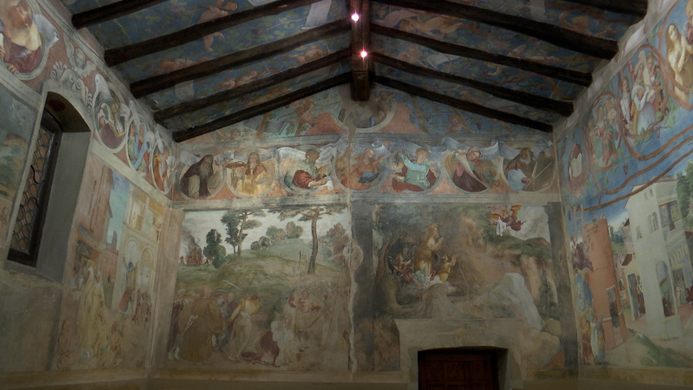
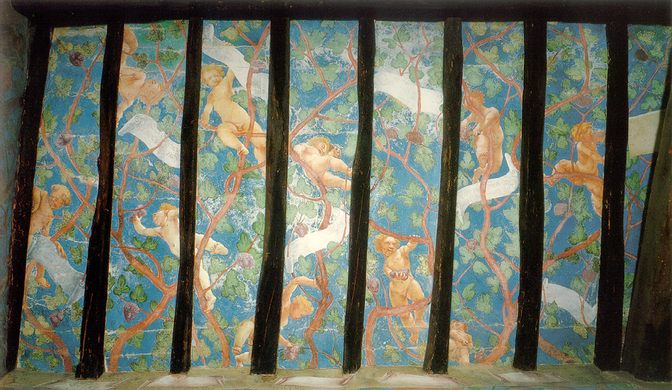


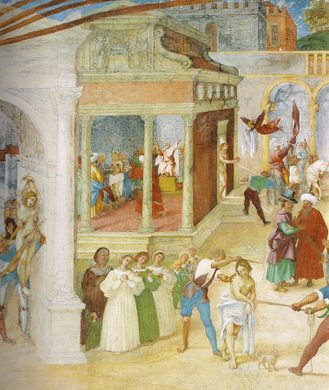
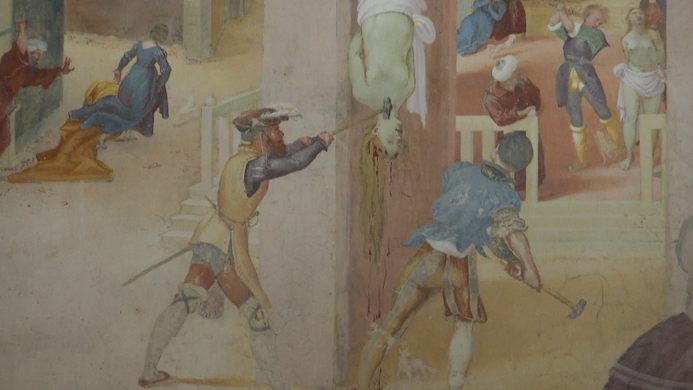
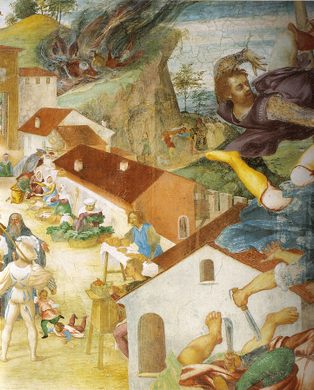









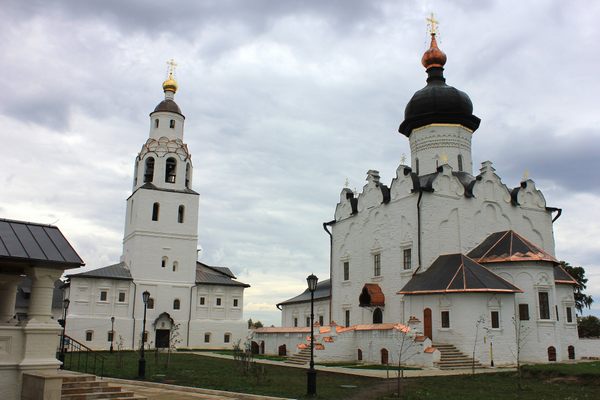



Follow us on Twitter to get the latest on the world's hidden wonders.
Like us on Facebook to get the latest on the world's hidden wonders.
Follow us on Twitter Like us on Facebook